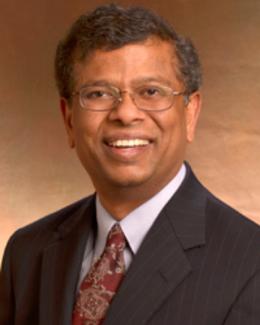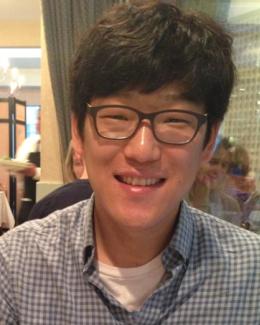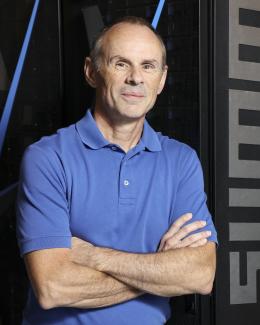Abstract
Local microstructure control in electron beam powder bed fusion (EB-PBF) is of great interest to the additive manufacturing community to realize complex part geometry with targeted performance. The local microstructure control relies on having a detailed understanding of local melt pool physics (e.g., 3-D melt pool shape as well as spatial and temporal variations of thermal gradient (G) and solidification rate (R)). In this research, a new scan strategy referred to as ghost beam is numerically evaluated as a candidate to achieve the targeted G and R of IN718 alloy. The boundary conditions for simulations, including the speed (490 mm/s) and spatial locations of the beam within a given layer, are obtained by using series of snapshot images, recorded at 12,000 frames per second, using a high-speed camera. The heat transfer simulations were performed using TRUCHAS an open-source software deployed within a high-performance computational infrastructure. The simulation results showed that reheating at short beam on-time and time delay decreases both G and R. Local variation of R at the center of the melt pool trailing edge showed periodic temporal fluctuations. Finally, the ghost beam scan strategy was compared to other existing raster and spot scan strategies.






